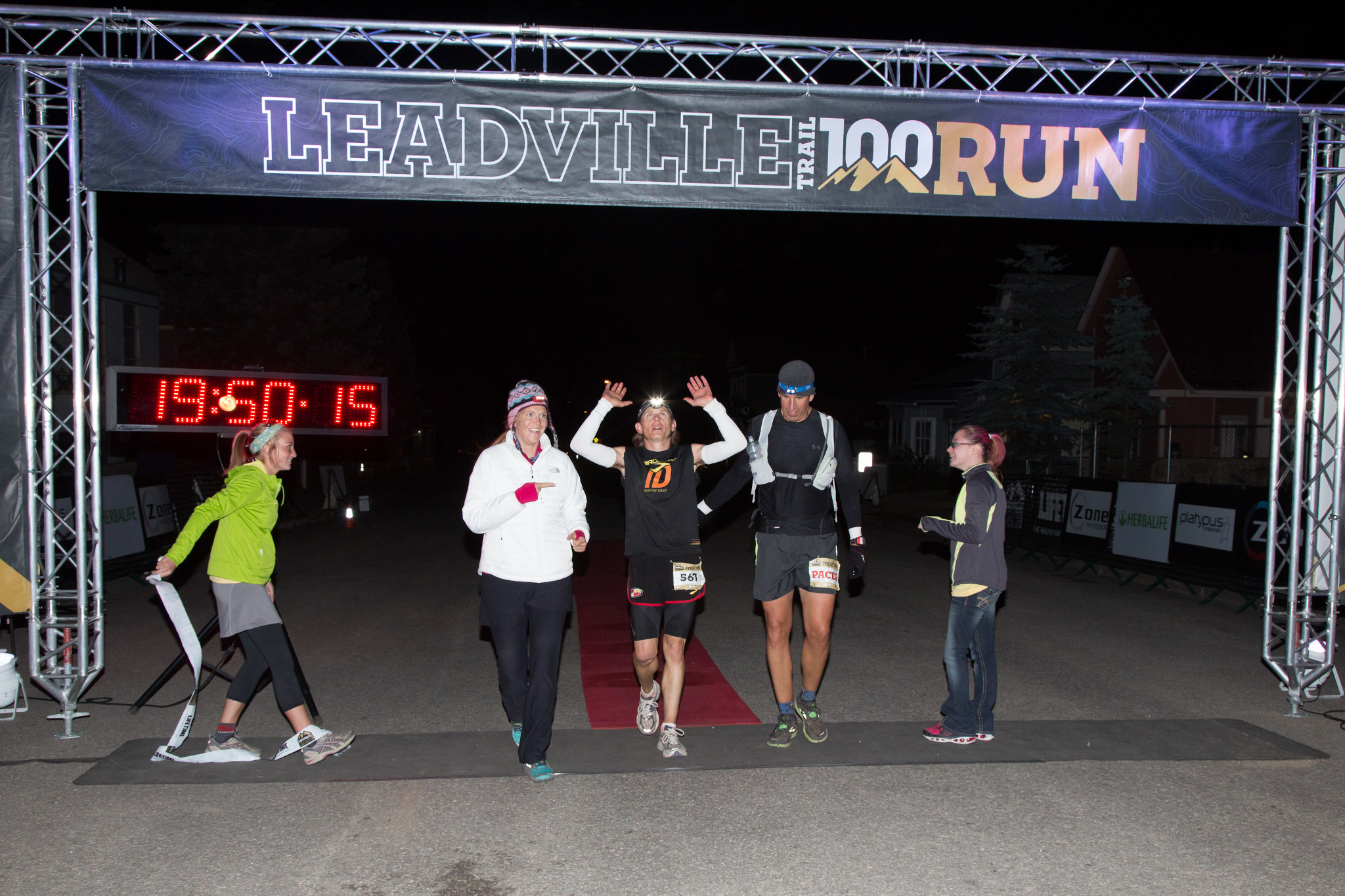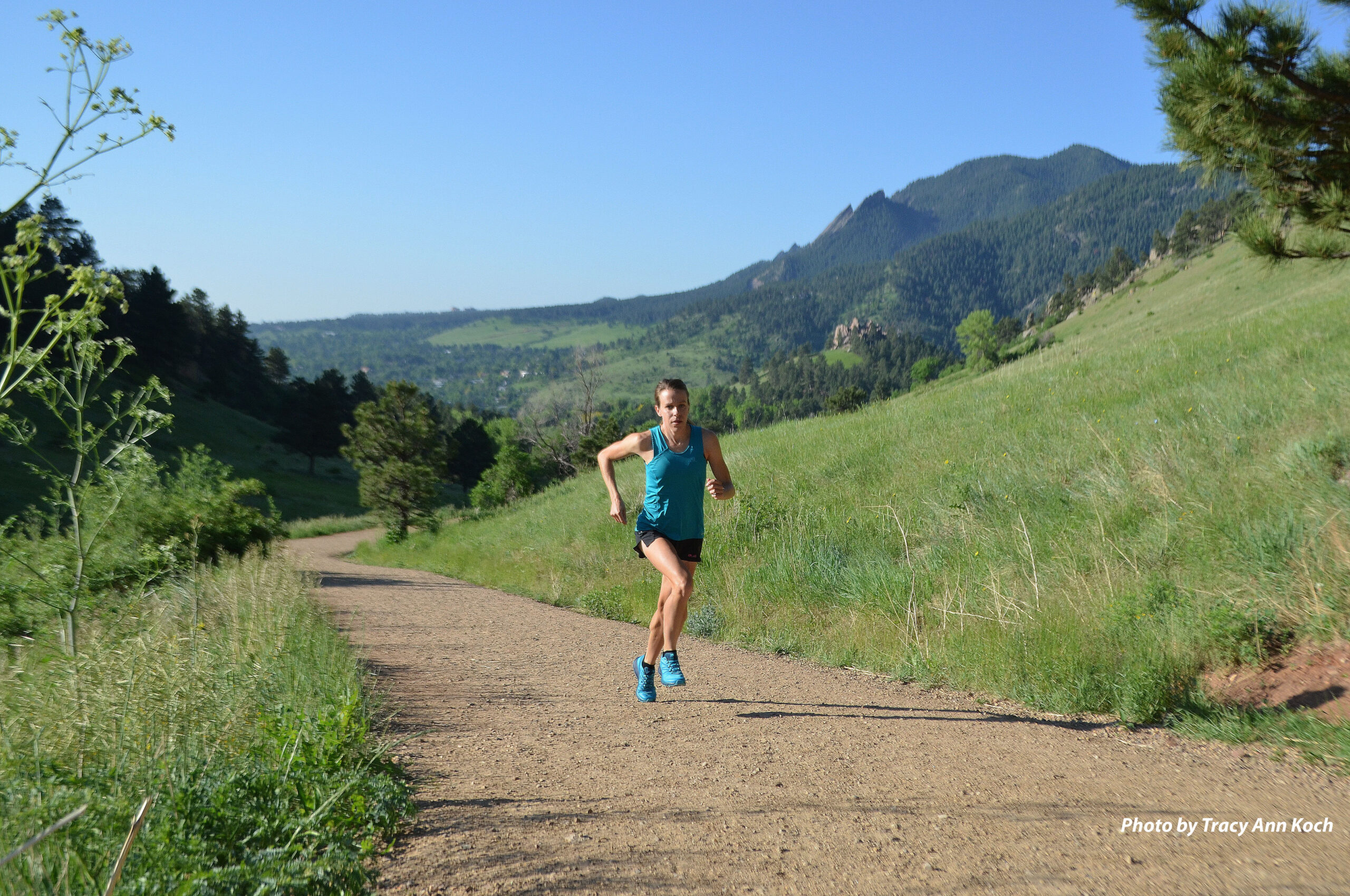Your Altitude Attitude
By Kerrie Bruxvoort
What’s one of the most talked about topics when it comes to the Leadville Race Series? Altitude. It’s true that your body’s reaction to being 10,000-feet in the air can help or hurt your race, but it’s also true that there are actions you can take to prepare for it, and things you can do to deal with its effects mid-race.
Prepping to Race at Altitude
The obvious ideal would be to train at altitude as much as possible in the weeks and months leading up to the race. Even more ideal would be to give your lungs a thin-air test run in the Leadville Trail Marathon (June 20) or the Silver Rush 50 Run (July 12). If you’re lucky enough to live near it, the Leadville Trail 100 Run course is the ultimate weekend training destination.
You could also plan on getting yourself to Leadville in early August to hit the trails as much as possible before the big day. Many elite athletes (such as one of this year’s female favorites, Ellie Greenwood) will spend a couple of weeks in Leadville before the race getting to know the terrain, adjusting to the altitude and honing their mental game.
While training in Leadville prior to the race is doable for a lot of people, it’s not an option for everyone. Even if you are a lowlander seeking the ultimate 100-mile challenge with little to no access to any altitude at all, you can still have a successful race – and it’s good to know that you’re not alone. Every year, the list of entrants for the LT100 Run is chock-full of people from elevation-challenged states such as Nebraska, Florida, Illinois, Texas and Minnesota.
If you’re coming to Leadville with little altitude training in the bank, the best advice would be to arrive as fit and healthy as you possibly can. A fit, powerful, well-rested and injury-free runner with a strong cardiovascular system is going to have a leg up on altitude from the second the gun goes off on 6th Street. Altitude can be very sneaky, and it can affect some people much more harshly than others, but you’ll give yourself the best shot at success by arriving in Leadville in top physical form.
Other great tips for prepping for altitude are:
- Don’t stress about the altitude. Everyone will be dealing with it and feeling extra anxiety about it will make it much worse.
- Get plenty of sleep leading up to the race.
- Hydrate and keep a healthy electrolyte balance.
- Keep on top of your nutrition. Be proactive. Once you get behind, much more difficult to catch up and recover.
Dealing with Altitude During Your Race
Chances are, during the race at some point, the effects of racing at over 10,000 feet above sea level will creep up on you and wreak havoc on your body. Don’t panic – it’s just part of the challenge. You may feel dizzy, extremely fatigued, “foggy,” and you may feel nauseated or even throw up.
Here are some general tips on dealing with the effects of altitude, so you can get yourself across that finish line:
- Don’t panic. Keep your cool and know that this is to be expected.
- Slow down. Take it easy and assess your needs.
- Make sure to stay warm.
- In case of an upset stomach, give yourself small nutritional goals. Take little sips of water or electrolyte drink along with small amounts of food.
- Keep your mind set on reaching the next aid station where you can take a short break, refuel, get a good charge from family or friends or pick up your pacer (depending on the aid station).
- Know that rough patches come and go and can often be overcome (Hope Pass can be especially difficult, but it is temporary and you’ll get through). Try to keep a positive attitude and draw energy from the beautiful scenery.
- Constantly reassess how you are feeling and make adjustments as needed. Work with your pacer to keep on top of your nutrition and hydration.
- And remember, as Ken Chlouber says, “Commit, don’t quit!” “You’re better than you think you are and you can do more than you think you can.”


